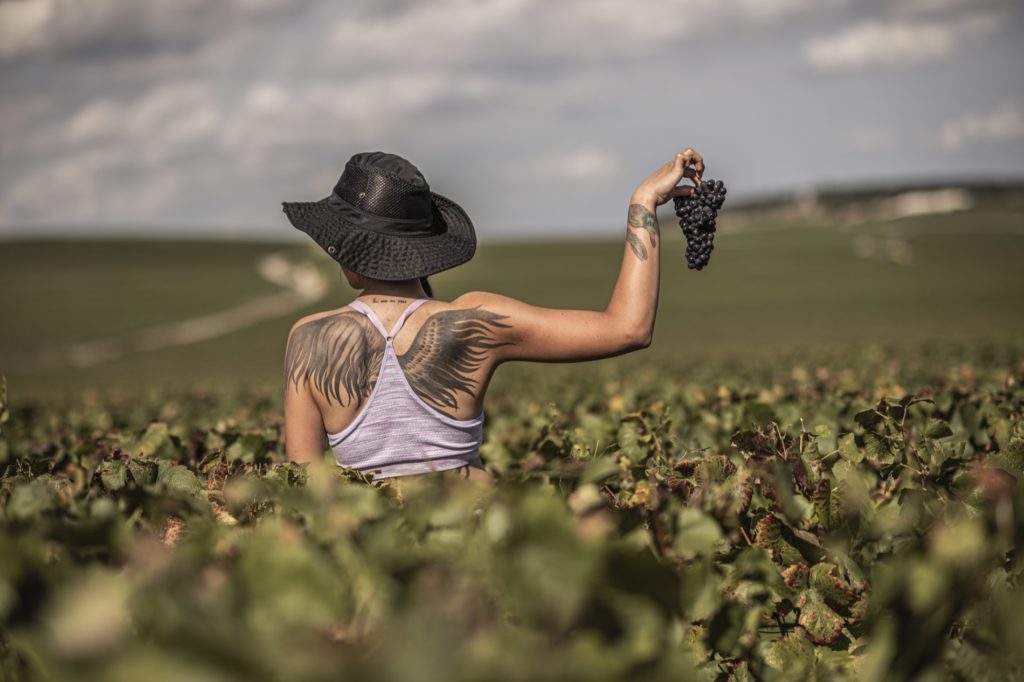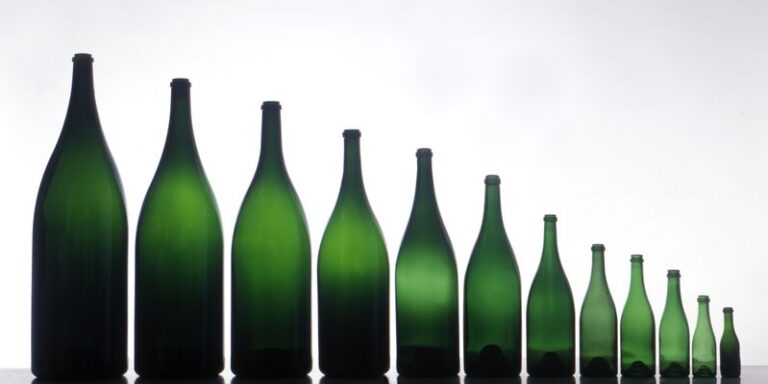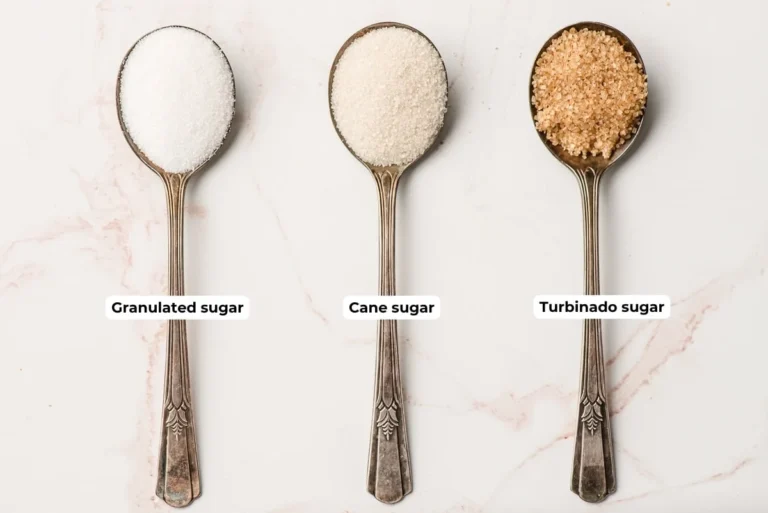Harvest time in Champagne. [ read the full champagne story ]
Estimated reading time: 4 minutes

For the uninitiated, Champagne is a beverage of celebration, a symbol of luxury and joy. But for those who live and breathe its creation, it is a year-long saga of dedication, patience, and meticulous care, all culminating in one pivotal event: the harvest. This period, known in French as la vendange, is the most crucial time in the Champagne calendar, a whirlwind of activity that determines the character and quality of the vintage to come.
The Timing is Everything
The decision of when to harvest is a complex and high-stakes one. Unlike many other wine regions, Champagne growers cannot simply wait for the grapes to reach maximum sweetness. The key is to achieve a perfect balance between sugar content and acidity. Grapes that are too sweet lack the necessary acidity to produce the crisp, fresh character that defines Champagne, while grapes harvested too early will result in a wine that is overly acidic and “green.”
To find this sweet spot, growers and houses monitor the vineyards with obsessive care in the weeks leading up to the harvest. They track the grapes’ maturation by measuring the sugar-to-acid ratio and consulting with a committee of experts. The harvest typically takes place in late August or early September, but the exact timing varies each year, subject to the whims of the weather. A hot, sunny summer can bring the harvest forward, while a cooler, wetter season might delay it.
The Art of Hand-Picking
One of the most defining characteristics of the Champagne harvest is that it is done entirely by hand. This tradition is not a romantic nod to the past but a legal requirement, enshrined in the Appellation d’Origine Contrôlée (AOC) regulations. The reason is simple and critical: to preserve the quality of the grapes.
The three main grape varieties used in Champagne—Pinot Noir, Pinot Meunier, and Chardonnay—are delicate. Machine harvesting would damage the berries, causing the juice to oxidize and taint the must (the unfermented grape juice). Even more critically, for the red grapes (Pinot Noir and Pinot Meunier), machine harvesting would risk the pigment from the grape skins bleeding into the juice. This is a cardinal sin in the production of Blanc de Noirs (white wine from black grapes) and is why skilled pickers are essential. They carefully select only the healthy, ripe bunches, leaving behind any that are rotten or under-ripe. This meticulous sorting at the source is a cornerstone of Champagne’s quality control.
From Vine to Press: The Race Against Time
Once the grapes are picked, the clock starts ticking. The bunches are placed in shallow, perforated crates to prevent them from being crushed by their own weight, which could lead to premature fermentation. These crates are then swiftly transported to the pressing centers, known as pressoirs.
The pressing process itself is a unique aspect of Champagne production. The grapes are pressed very gently, in whole bunches, to extract the purest juice while minimizing contact with the skins and seeds. The first and finest pressings, known as the Cuvée, are separated from the subsequent, harsher pressings. This “fractioned” pressing is another key factor in achieving the delicacy and elegance for which Champagne is known.
The harvest period is a grueling, intense, but ultimately celebratory time. It’s a testament to the hard work of the growers and the enduring traditions that make Champagne one of the world’s most revered beverages. As the last grapes are pressed and the first fermentations begin, there is a collective sense of relief and quiet hope. The promise of the next great vintage has been born, and the arduous journey from vine to bottle is well underway.





